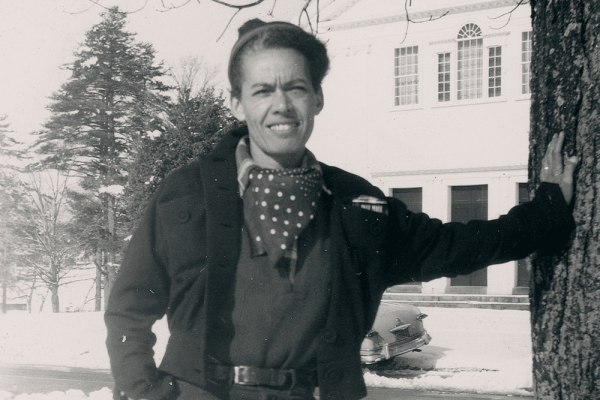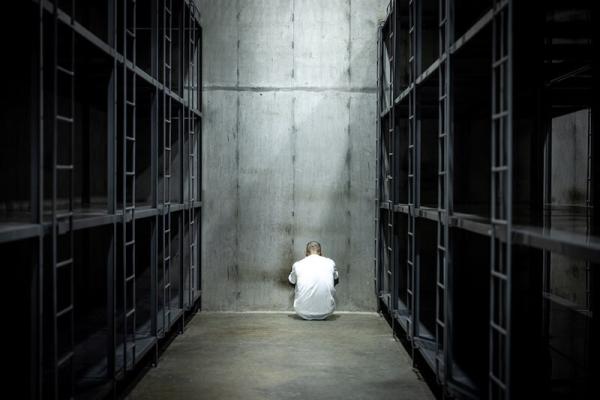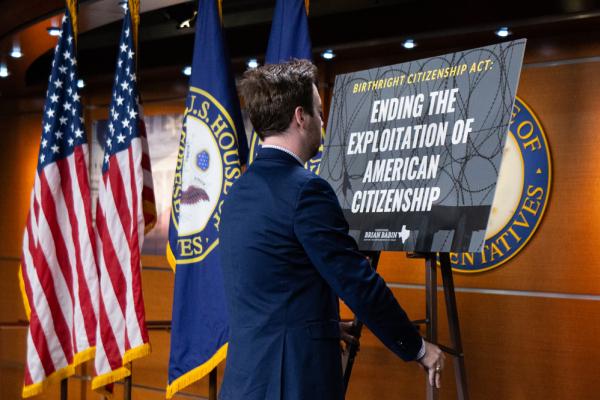The recent New York Magazine cover story, “The Uninhabitable Earth,” is as dismal as it sounds. It’s a nine-section parallel of Dante’s Inferno, but one that happens right here, on Earth, within the next century.
No matter how well-informed you are, you are surely not alarmed enough. @dwallacewells on the future of our planet https://t.co/ZC1y2RbZOy
— New York Magazine (@NYMag) July 10, 2017
For all its doomsday drama, it’s an important read. It is scientifically precise, and chronicles what we might expect to happen in the next century — even if we make major changes immediately.
It is important to lament the loss we already see around us and to be realistic about the dangers we face. The cross calls us lament in times of death and helplessness. But it also calls us to hope in and imagine a future that is full of life.
We will need both lament and hope to cope with the existential crisis of climate change. Go read New York Magazine writer David Wallace-Well’s piece for your dose of lament. Then read the stories below for a briefing on where to look for hope.
1. A ‘Noah’s Ark’ Climate Caucus: Bipartisan, 2-by-2
These days is difficult to image bipartisan cooperation on any issue, particularly climate change. But there is — the Climate Solutions Caucus is a bipartisan group of representatives formed in February 2016 to “explore policy options that address the impacts, causes, and challenges of our changing climate.” The caucus refers to itself as a “political Noah’s Ark” — representatives must join two-by-two (one Democrat, one Republican). Together, the 48 members of the caucus are working to avoid drastic floods, hurricanes, and rising sea levels.
2. In Washington’s Absence, California Will Lead the Global Climate Discussion
In the wake of President Trump’s announcement that he will seek to pull out of the Paris Climate Accord, California Governor Jerry Brown has emerged as a global figure on climate change, aiming to lead the world’s sixth-largest economy to a more sustainable future in the vacancy of U.S. leadership on climate. Last week, against the backdrop of the G-20 Summit in Hamburg, Brown announced his plan for a global climate summit in San Francisco in September 2018. In an interview with the Los Angeles Times, Brown said, “I believe that California, New York, France, and Germany, and the other countries — we have to get our act together, strengthen our commitment and bring as many nations along as we can.”
3. We Are Still In: 9 States and 223 Cities Are Sticking with Paris Accord
Thankfully, Jerry Brown isn’t the only one sticking with the Paris plan. The We Are Still In campaign has brought together 125 cities, 9 states, and 902 businesses who say they are still committed to upholding the standards of the Paris Climate Accord. This coalition, representing $6.2 trillion of the U.S. economy, says members will “pursue ambitious climate goals, working together to take forceful action and to ensure that the U.S. remains a global leader in reducing emissions.”
4. Corporate Shareholders Are Becoming Activists
ExxonMobil may be one company directly responsible for getting us into this climate mess, but its shareholders are committed to getting us out of it. On May 31, a majority of the company’s shareholders voted, against company directors’ guidance, for the corporation to be more transparent about its efforts to combat climate change. The vote marks a victory for shareholder clout in holding Big Oil accountable, and for valuing people over profits. The notoriously closed-door corporation must now — if it wants to listen to its shareholders — be upfront about the ways it is, and isn’t, working to combat climate change.
5. People Are Mobilizing in the Streets
On Trump’s 100th day in office, an estimated 200,000 people gathered in Washington D.C. for the People’s Climate March. Since the election, people have rallied against political nominees with dangerous views on climate change, for 100 percent renewable energy by 2050, and for a budget that reflects the values of the people. While many in the federal government remain unwilling to invest in a future that benefits the Earth and humanity, activists and organizers across the nation are doing just that.
Time-lapse, bird's-eye video shows thousands of protesters marching toward White House for action on climate change https://t.co/yoYEIbNWAO pic.twitter.com/jNpi7WceZi
— CNN (@CNN) April 29, 2017
6. Creative Religious Protest: Nuns Lead the Way
Keystone XL and the Dakota Access Pipeline aren’t the only pipelines projects proposed to divide and conquer Native American and public lands. Nearly 4,800 miles of crude oil pipelines are in the works to desecrate our sacred and personal spaces. Environmentalists, activists, farmers, and nuns are standing up against to protect sacred lands. Just this week, 500 people joined the members of the Adorers of the Blood of Christ in Lancaster, Penn., to dedicate a chapel built on land that was slated to be seized by natural gas pipeline developer Transco-Williams Group. Nonetheless, the nuns are holding their sacred ground. The nuns have said they will hold inter-religious prayer vigils in the wooden, open-air structure until they’re victorious — and if they demolition crews come, they will pray in front of the bulldozers.
Got something to say about what you're reading? We value your feedback!







